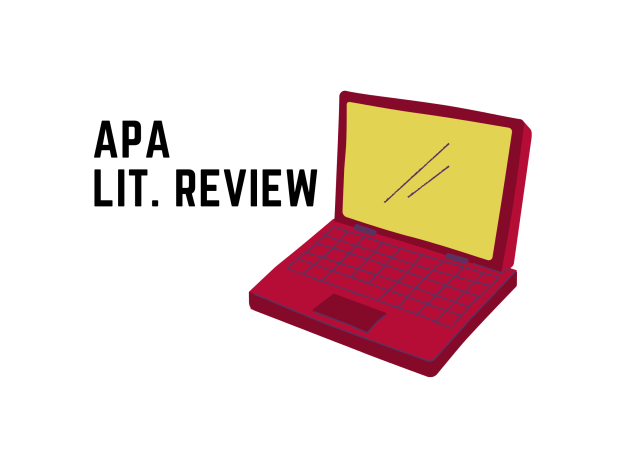Written by Write Site Staff
Whether you are assigned a literature review as a standalone assignment or working on it as a section of a larger research paper, the APA manual outlines the content a literature review should include and suggests methods organization.
A literature review is not just a summary – it is a critical evaluation of sources and synthesis of current research.
Content
A literature review should include more than just a summary of the information you learned from your sources. While summarizing is definitely a rhetorical component of a literature review, it should address each of the following:
- What is the problem the researchers are attempting to solve?
- What is the research working to change or prove?
- What is the current state of research?
- What is the synthesis of the investigations discussed in your sources?
- How do the sources relate to one another? Address connections, contradictions, gaps, and inconsistencies.
- What do you think should happen next? In what direction should the research head? What questions remain to be answered? What issues could be clarified?
Organization
Students often organize a literature review source by source, meaning that one paragraph discusses one study, the next paragraph discusses another, etc.
This type of organization is not the most rhetorically effective organizational method and can hinder the kind of critical thinking the literature review is intended to develop.
Simply put, your literature review should include the following sections:
- Introduction: states the main topic and explains the scope of the literature review.
- Main Body: synthesizes your sources.
- Conclusion: summarizes the main body and identifies gaps.
APA Suggested Methods of Organizing Main Body Paragraphs
Sections by Conceptual Categories:
Your sources are likely to be investigating several aspects of the same problem. In a literature review on adolescent depression, for example, you might have a paragraph(s) discussing potential risk factors, a paragraph(s) discussing research on therapeutic options, and a paragraph(s) on the effect of pharmaceuticals. Likely, more than one source will be discussed in each section, and each source will be discussed in more than one section.
Sections by Methodological Similarities:
Group literature together based on how the researcher(s) approached the research. For example, do some of your sources use case studies, others use interviews, and others experiments? If so, this method of organization may work well for you. It allows you to present similar forms of research together, comparing and analyzing what the results mean.
Chronological / Historical Development:
This form of organization presents research chronologically, giving an idea of how the field of study has changed over time. This approach works especially well if a field has been studied over a long period of time or if there have been significant developments in the research.
TIPS:
- Find an organizational focus.
- Use quotes sparingly, and paraphrase carefully.
- Think in terms of synthesis rather than summary.
- Describe the search procedures you used.
- Keep your own voice!

